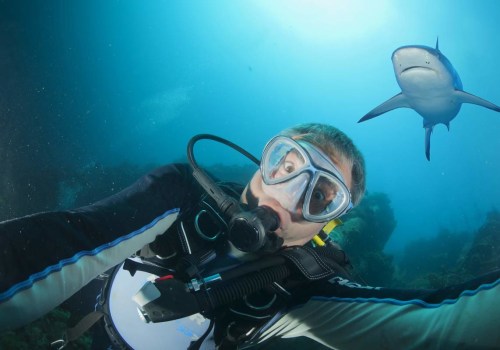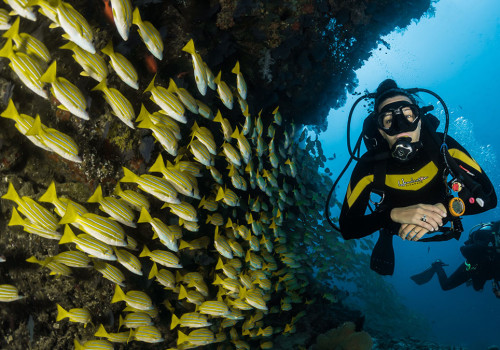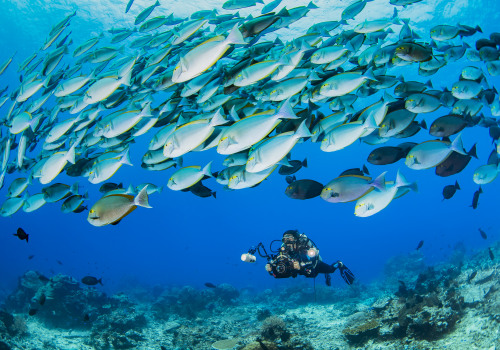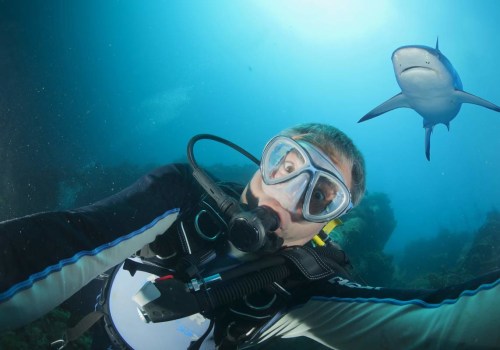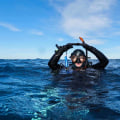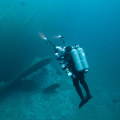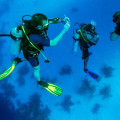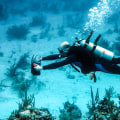It would be possible to dive into the remains of the Edmund Fitzgerald with a single breath, even at a depth of 530 feet from the wreck. On a record-breaking expedition, two young men, one a diving instructor from Florida and the other, a Russian expatriate, secretly arrived in the Upper Peninsula of Michigan in 1995 and made the first and only dive on the Edmund Fitzgerald. It was a feat of rare danger. The two of them descended an astonishing 530 feet into 36-degree water and touched the railing with a gloved hand.
At that time, they broke the record for the deepest shipwreck dive ever undertaken in the Great Lakes and one of the deepest in the world. Other divers had gone to greater depths, but none of them descended to a shipwreck or to any destination. The 13-hour dive, which took almost two years to plan, was a field test to determine the effectiveness of using hydrogen to improve safety and performance in deep-sea technological dives. The altitude makes the SS Tahoe a no man's land from the point of view of knowledge about decompression; there is practically no data to validate the procedures for performing aggressive dives at that altitude.
In the event of an emergency, the diver cannot make an immediate ascent to the surface without running the risk of suffering from decompression sickness. When using open circuit diving equipment, respiratory gas consumption is proportional to ambient pressure, so at 50 meters (164 feet), where the pressure is 6 bar (87 psi), a diver breathes six times more than on the surface (1 bar, 14.5 psi). Harris increased their PO2 to 1.3 from their reference point of 0.7 (Challen stayed at 1.3 throughout the dive), and they continued their ascent by decompressing in a trimix (O2, He, N schedule), treating hydrogen as if it were helium. Their visible world narrowed substantially between the sides of their masks, the water, and the reach of their diving lights.
Speaking about diving 10 years after the event, Tysall commented: “For me, diving on the Fitzgerald was a logistical challenge, just like descending into the Blue Hole. A 6-meter (20-foot) diver can dive for many hours without the need for decompression stops”. Although later writings said that Sullivan had obtained permission from the government to dive, he admitted that was not correct. At that time, literally, only a handful of technical divers had respirators, whether they were modified Carleton Mk 15.5 or Dr.
Later models. When planning Harris' trip to the RF4 test, Menduno had the opportunity to speak with Harris' wife Fiona who was responsible for the dive. He spoke fast, was fun and charming, and had become one of the best technical divers in the country. Greek commercial diver Kostas Thoctarides followed Cousteau in 1995 on a 20-minute solo dive and returned in 2001 with a submersible.
During winter Zlatopolsky dived up to 300 feet and made ice dives to prepare for cold temperatures at Lake Superior's bottom. Although commercial and military divers usually operate at those depths or even deeper they are supplied with water from surface.
